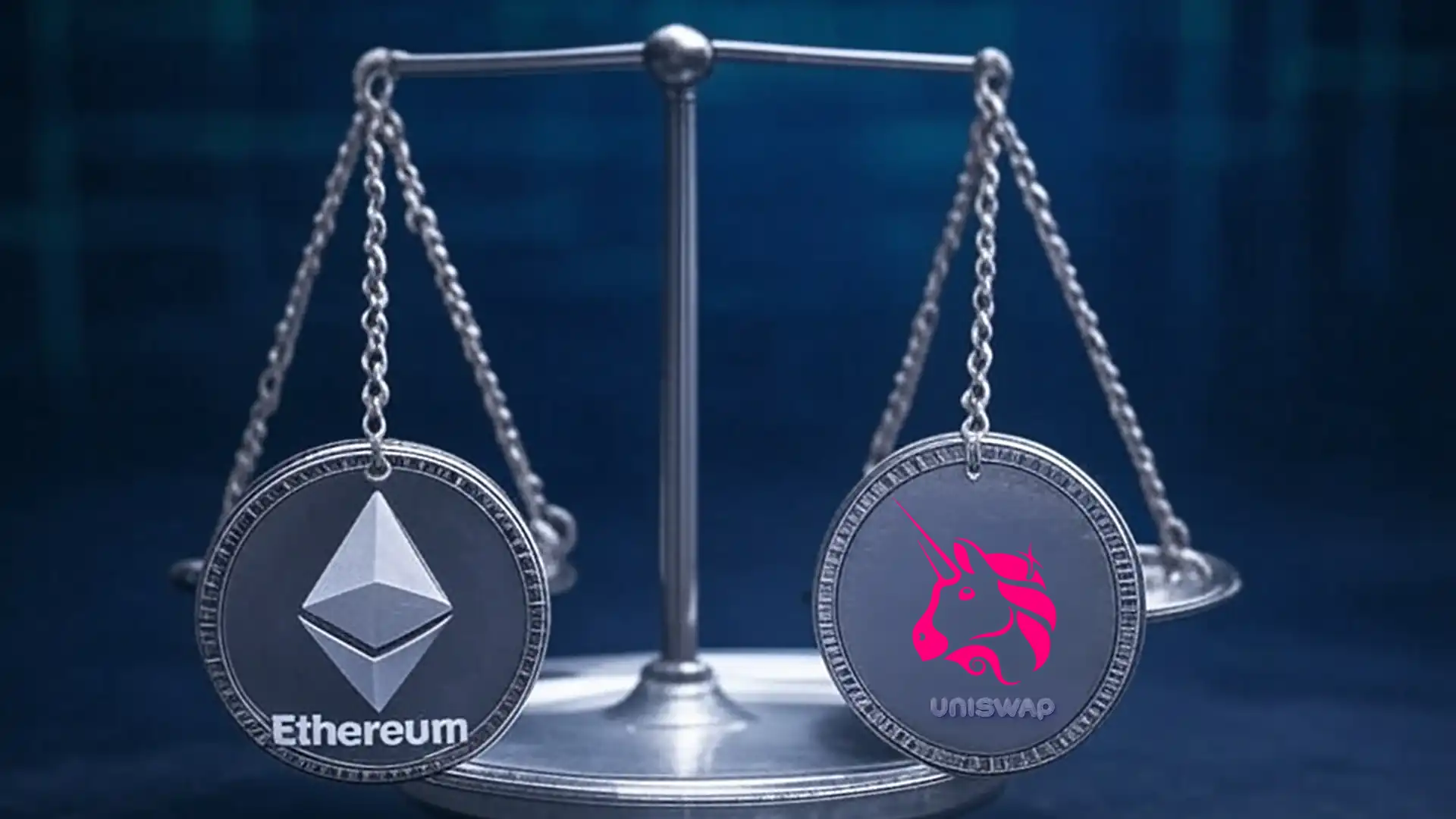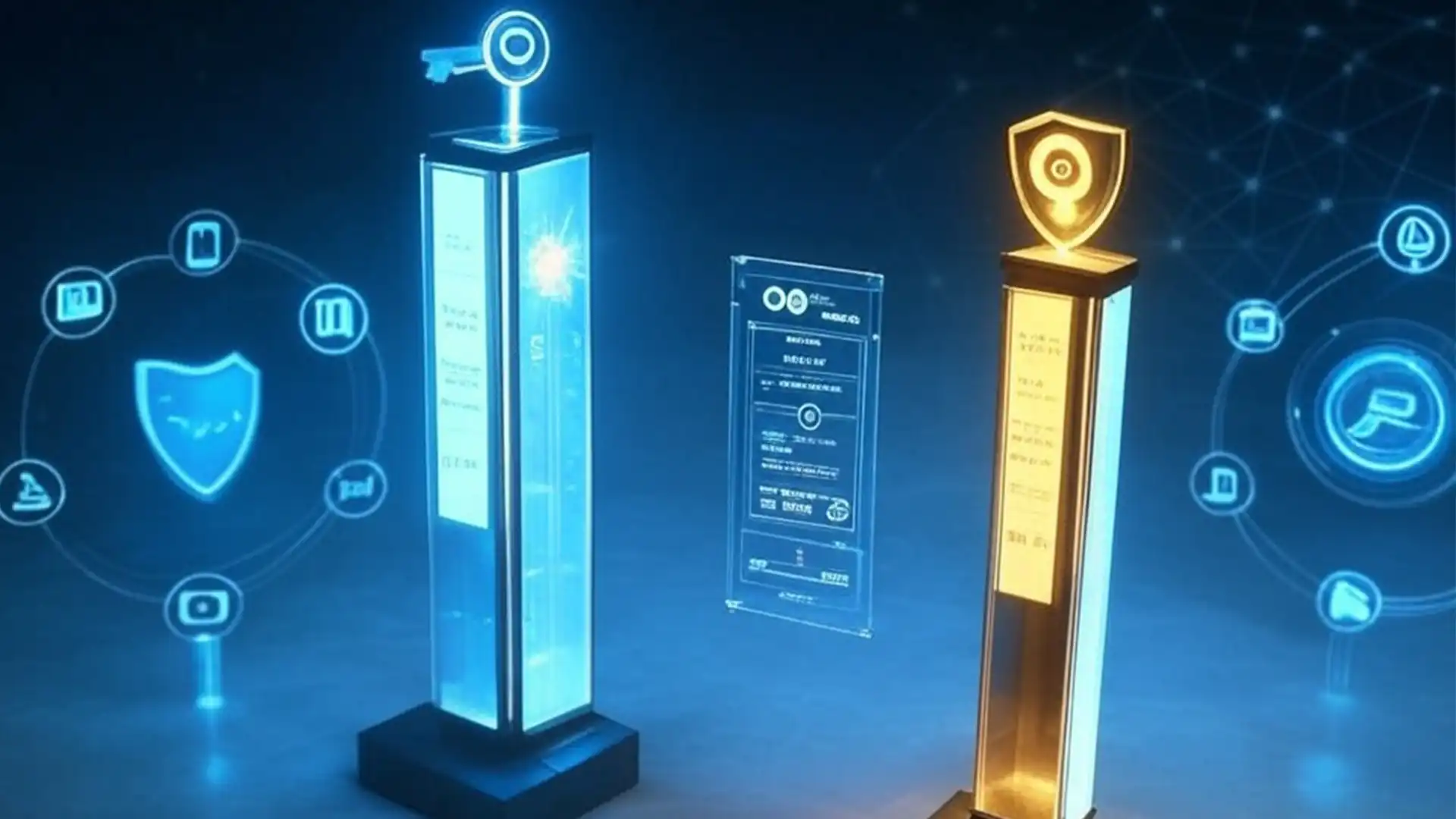Tokens vs Coins: Understanding the Key Differences

In the cryptocurrency ecosystem, the terms "token" and "coin" are often used interchangeably, but they represent fundamentally different types of digital assets with distinct characteristics and purposes. Understanding these differences is crucial for navigating the crypto landscape effectively.
Cryptocurrency Coins: Native Digital Currencies
Cryptocurrency coins are digital assets that operate on their own independent blockchain networks. These native currencies serve as the primary medium of exchange within their respective ecosystems.
Key Characteristics of Coins
- Independent Blockchain: Coins run on their own purpose-built blockchain infrastructure
- Native Currency: They function as the primary currency of their network
- Mining or Staking Rewards: Often used to incentivize network validators
- Payment Focus: Primarily designed as mediums of exchange or stores of value
Notable Examples of Cryptocurrency Coins
- Bitcoin (BTC): The original cryptocurrency running on the Bitcoin blockchain
- Ethereum (ETH): The native currency of the Ethereum network
- Litecoin (LTC): A Bitcoin-inspired cryptocurrency with faster block generation
- Solana (SOL): The native currency of the high-throughput Solana blockchain
- Cardano (ADA): The coin that powers the Cardano ecosystem
Cryptocurrency Tokens: Built on Existing Platforms
Cryptocurrency tokens are digital assets created on top of existing blockchain platforms rather than operating on their own dedicated blockchain. Tokens leverage the security and functionality of the underlying blockchain to serve specific purposes.
Key Characteristics of Tokens
- Built on Existing Blockchains: Tokens utilize the infrastructure of another blockchain
- Created Through Smart Contracts: Most tokens are issued using smart contract standards
- Diverse Functionality: Tokens can represent various assets, rights, or utilities
- Application-Specific: Often designed for particular use cases within ecosystems
Common Blockchain Platforms for Token Creation
- Ethereum: The most popular token platform using ERC-20, ERC-721, and other standards
- Binance Smart Chain: Uses BEP-20 and other standards for token creation
- Solana: Features SPL tokens with high throughput and low fees
- Polygon: An Ethereum scaling solution supporting ERC standard tokens
Popular Token Types
- Uniswap (UNI): Governance token for the Uniswap decentralized exchange (on Ethereum)
- USD Coin (USDC): Stablecoin pegged to the US dollar (available on multiple blockchains)
- Axie Infinity (AXS): Gaming token for the Axie Infinity metaverse (on Ethereum)
- Chainlink (LINK): Utility token that powers the Chainlink oracle network (on Ethereum)
Technical Implementation Differences
The technical distinction between coins and tokens lies in how they’re implemented:
Coin Implementation
Coins typically require:
- Dedicated blockchain codebase
- Network of validators (miners or stakers)
- Native consensus mechanism
- Unique cryptographic protocol
Token Implementation
Tokens are generally created through:
- Smart contract standards (like ERC-20, BEP-20)
- No need for a separate blockchain
- Inherit security and consensus from the parent blockchain
- Simpler development process
Functional Differences and Use Cases
Beyond technical implementation, coins and tokens often serve different purposes in the ecosystem:
Typical Coin Functions
- Medium of Exchange: Facilitating transactions within the network
- Store of Value: Preserving wealth over time (especially Bitcoin)
- Network Security: Incentivizing validators through block rewards
- Transaction Fees: Paying for network usage and preventing spam
Common Token Functions
- Utility Tokens: Granting access to specific products or services
- Governance Tokens: Providing voting rights in decentralized organizations
- Security Tokens: Representing ownership in an external asset
- Non-Fungible Tokens (NFTs): Representing unique digital or physical items
- Stablecoins: Maintaining a steady value pegged to external assets
Creation Process Comparison
The process of creating coins versus tokens differs significantly:
Coin Creation
Creating a new coin typically involves:
- Developing a new blockchain from scratch or forking an existing one
- Building and testing network infrastructure
- Establishing a consensus mechanism
- Deploying mainnet nodes
- Distributing the initial coin supply
Token Creation
Creating a token is generally simpler:
- Selecting an existing blockchain platform
- Writing a smart contract (often using established templates)
- Configuring token parameters (supply, name, symbol, etc.)
- Deploying the smart contract to the blockchain
- Distributing the tokens
Economic and Investment Considerations
When evaluating coins versus tokens as potential investments, consider these factors:
Coin Considerations
- Network Value: The utility and adoption of the entire blockchain
- Tokenomics: Supply schedule, distribution, and inflation rate
- Ecosystem Growth: Development activity and user adoption
- Consensus Security: Strength and decentralization of the validation mechanism
Token Considerations
- Platform Risk: Dependence on the underlying blockchain’s security and success
- Project-Specific Value: The utility within its particular application
- Team Credibility: The background and track record of developers
- Competitive Landscape: Similar tokens serving the same market
Practical Example: Ethereum and ERC-20 Tokens
To illustrate the difference:
- Ether (ETH) is a coin – the native currency of the Ethereum blockchain
- Shiba Inu (SHIB) is a token – created using Ethereum’s ERC-20 standard
Hybrid Models and Evolution
The distinction between coins and tokens is becoming more nuanced with developments like:
- Layer-2 Solutions: Scaling networks built on top of existing blockchains
- Cross-Chain Bridges: Allowing assets to move between different blockchains
- Wrapped Tokens: Representing one cryptocurrency on another blockchain (like WBTC – Wrapped Bitcoin on Ethereum)
Conclusion
Understanding the difference between coins and tokens provides essential context for navigating the cryptocurrency ecosystem. While coins operate on their own blockchains as primary currencies, tokens leverage existing blockchain infrastructure to serve specific purposes within applications and ecosystems. Both coins and tokens play crucial roles in the broader cryptocurrency landscape. Coins provide the foundational infrastructure and security, while tokens enable innovation and diverse use cases across numerous industries and applications. As you explore cryptocurrencies further, recognizing whether an asset is a coin or token will help you better understand its function, dependencies, risks, and potential value within the digital asset ecosystem.


